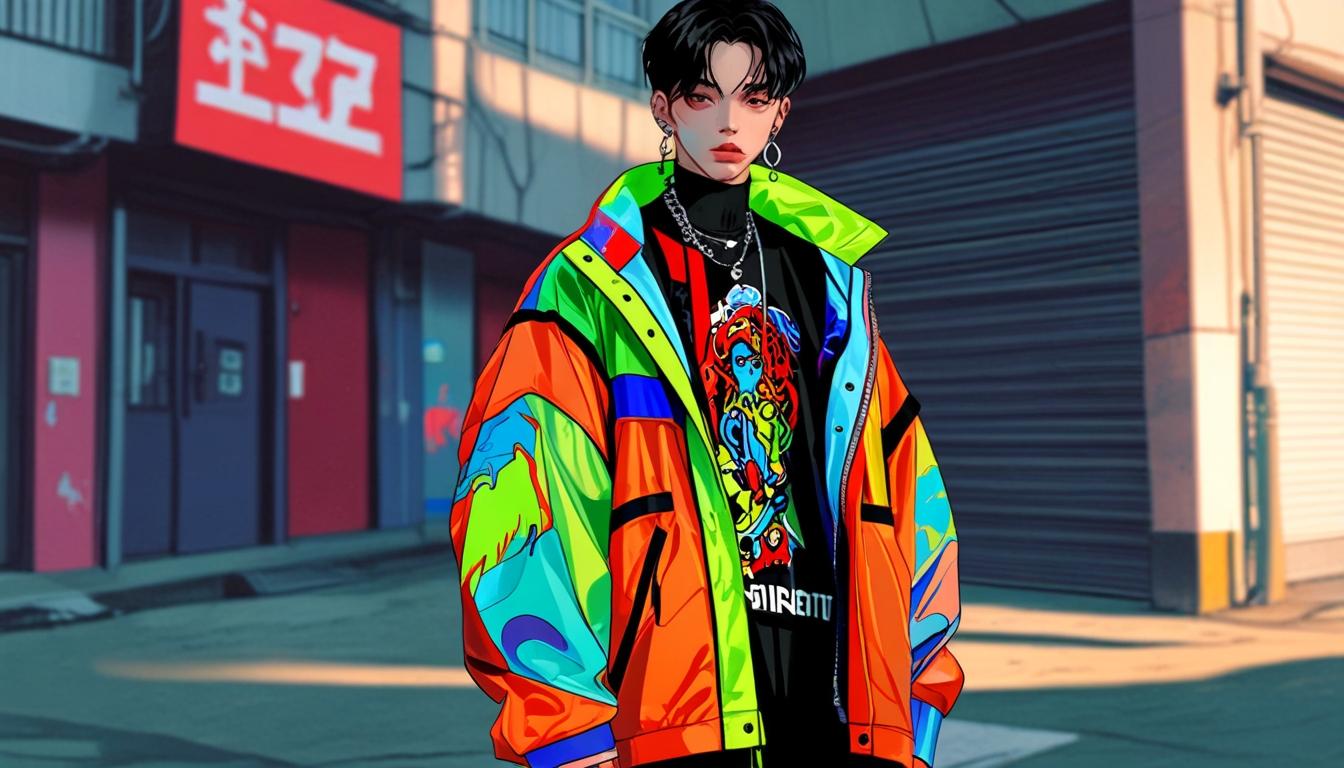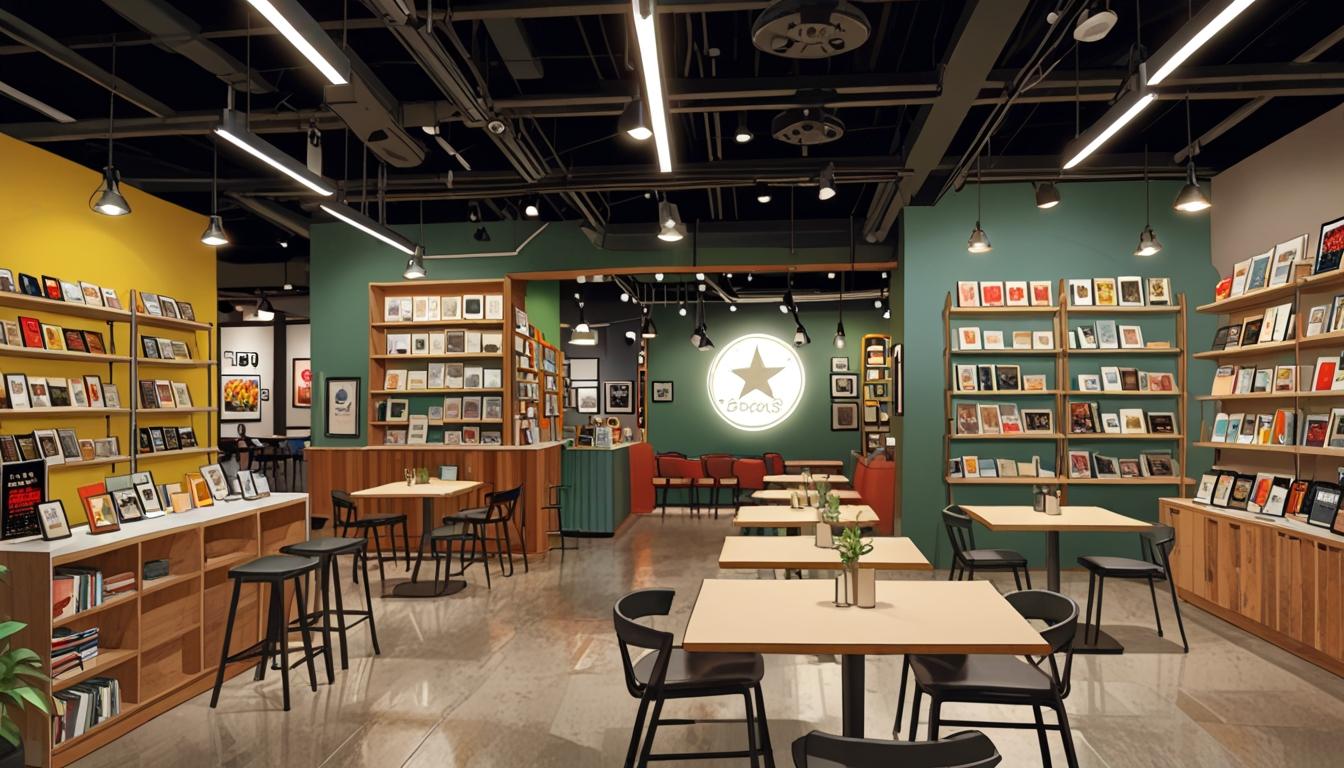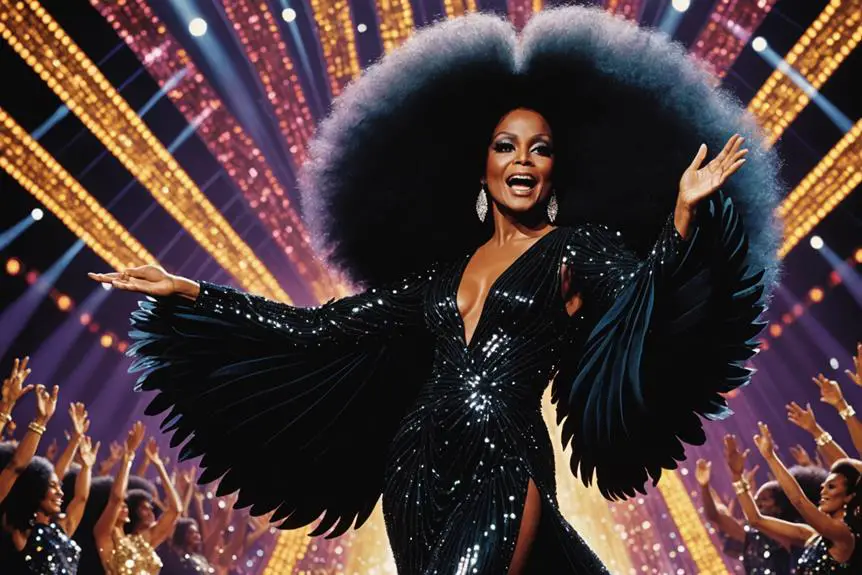As K-Pop icons redefine style and challenge norms, their impact on global fashion trends is set to expand by 2025, embracing diversity and sustainability.
K-Pop, the South Korean musical genre, has expanded its influence far beyond the realm of music, and into diverse sectors such as makeup, technology, and fashion. As the trend evolves, it is expected that K-Pop icons will play a pivotal role in shaping fashion trends worldwide by 2025. These performers have not only become cultural icons but also formidable trendsetters, utilizing their platform to showcase bold looks and collaborate with fashion brands, thereby redefining international style.
The K-Pop phenomenon’s reach is significantly broadening, establishing a cultural bridge that resonates on a global scale. K-Pop artists are increasingly blending traditional Korean fashion elements with contemporary designs, presenting distinctive styles that intrigue audiences across cultures. Clothing inspired by hanbok, characterized by exquisite needlework and vibrant color palettes, is making its way into popular fashion, community-driven by both designers and fans eager to emulate their favorite stars.
The rise of social media has further amplified this phenomenon, allowing millions of fans to share and replicate iconic looks almost instantly. K-Pop’s capacity to transform even the most avant-garde outfits into viral trends underscores its role as a vital contributor to global fashion innovation.
In the streetwear segment, K-Pop artists have been pivotal in reshaping how casual fashion is perceived by merging comfort with high-end trends. In 2025, we can expect to see streetwear heavily influenced by K-Pop characterized by oversized silhouettes, bold graphics, and asymmetrical layers. Popular components of this style are expected to include cropped shirts paired with baggy trousers, neon accents, and chunky footwear. This trend marks a democratization of fashion, making high style more accessible to broader demographics.
Moreover, K-Pop megastars are increasingly challenging gender norms within the fashion industry. Their willingness to embrace androgynous styles—such as fitted suits, skirts, and airy materials—has sparked a growing interest in gender-fluid fashion among younger consumers. By defying traditional gender boundaries, K-Pop idols inspire a new wave of unisex designs, allowing for greater freedom of expression and identity in attire.
Accessories have also become a key element within the K-Pop fashion narrative, with idols often showcasing distinctive items that elevate their wardrobe. Oversized sunglasses, layered necklaces, and standout hats have gained popularity, with fans eagerly seeking to replicate these signature looks. This surge in accessory trends contributes to a vibrant fashion ecosystem where unique styles are celebrated and imitated.
K-Pop’s collaboration with high-fashion brands has garnered significant attention and is reshaping the fashion landscape. With K-Pop icons as brand ambassadors, partnerships with renowned designers are creating collections that seamlessly blend avant-garde aesthetics with practical wear. Such collaborations not only enhance brand visibility but also redefine consumer perspectives regarding high fashion, underlining the symbiotic relationship between K-Pop and the apparel industry.
Additionally, the roots of sustainability are becoming more prominent in K-Pop fashion by 2025. Many K-Pop musicians endorse ethical fashion by promoting recycled materials, vintage clothing, and sustainable brands. This advocacy resonates with the increasing global call for environmentally conscious practices, positioning K-Pop stars as leaders in the shift toward a more sustainable fashion industry.
The fusion of diverse cultural influences inherent in K-Pop is further transforming global fashion. By integrating elements from various cultural backgrounds into modern designs, K-Pop artists encourage a richer dialogue around heritage and inclusivity in fashion. As a narrative medium, fashion continues to evolve, with K-Pop stars spearheading innovative ideas that challenge the status quo.
As we approach 2025, K-Pop influencers will undoubtedly continue to impact global fashion trends by blending creativity with cultural representation. Their influence extends beyond apparel to encourage consciousness around sustainability, diversity, and self-expression. For businesses in the fashion sector, engaging with K-Pop’s dynamic trends and embracing these diverse perspectives can catalyze growth and innovation within the industry. Retailers are encouraged to align their offerings with high-quality, trend-responsive designs that appeal to a worldwide audience, ensuring relevance in a rapidly changing market landscape.
Source: Noah Wire Services





These are really wonderful ideas in regarding blogging.
You have touched some nice points here. Any way keep up wrinting.